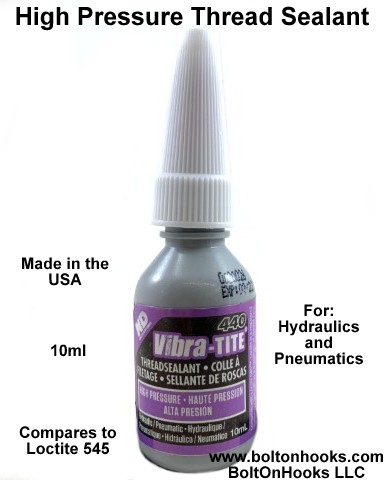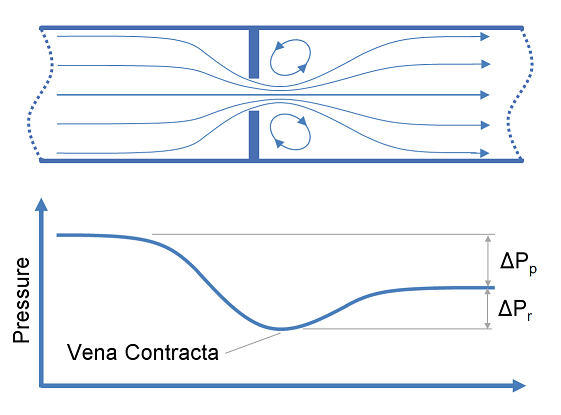Jim Miller
Bronze Member
- Joined
- Nov 18, 2008
- Messages
- 74
- Location
- Kerrville, TX
- Tractor
- 2019 Kubota M62 TLB, Bobcat T 650 Trac Steer
Thanks J_J! I'm printing out the picture you posted and I will also take the hose connector that this restrictor will screw into so I'll have the exact treads. We have a local Tractor Supply as well as several shops that make hydraulic hoses and stock "some" fittings. Maybe I can get really lucky and find these restrictors locally!! I'll be sure and post what I find and how this turns out. It's a shame when folks don't ever let you know how the problem gets resolved.



